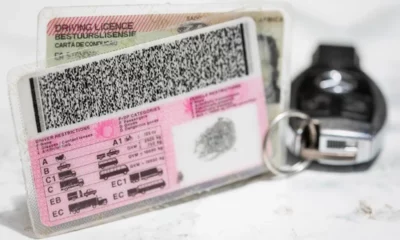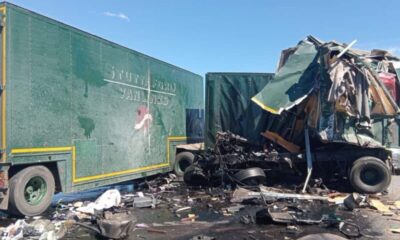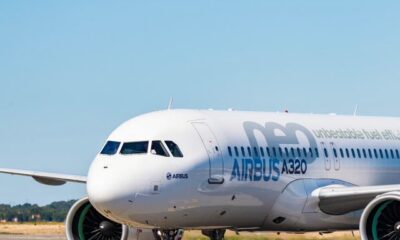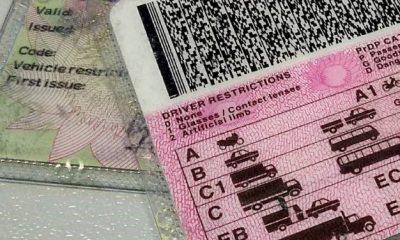News
Why Flights Are Still Being Delayed Across South Africa in 2025
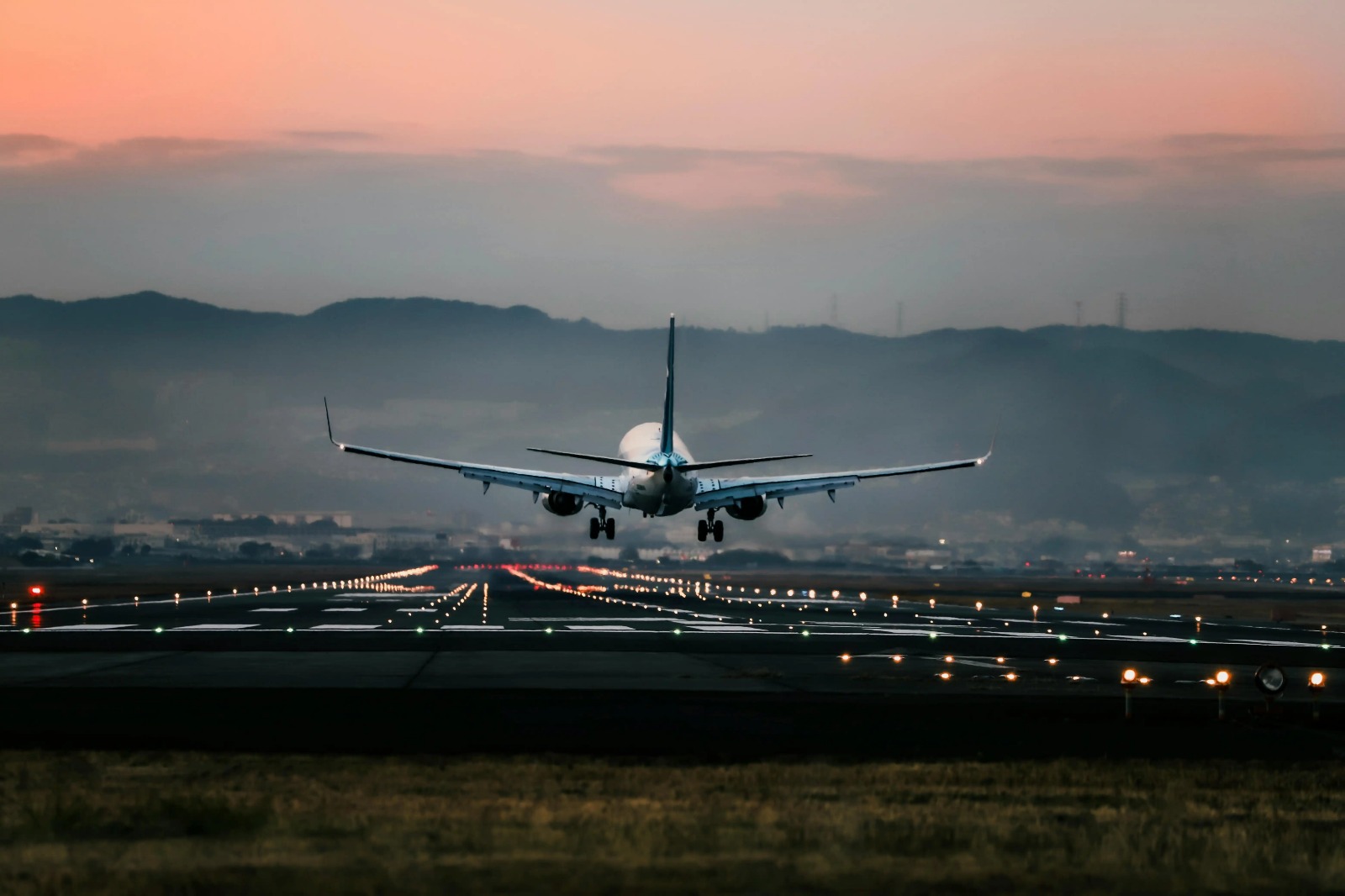
Outdated systems, grounded schedules
If you’ve been sitting at airports across South Africa this year wondering why your flight is delayed yet again, the answer isn’t weather, crew shortages, or overbooking. It’s paperwork, and a whole lot of it.
The Airline Association of Southern Africa (AASA) has confirmed that hundreds of instrument flight procedures, the technical blueprints that allow pilots to land and take off safely in low visibility, have been suspended by Air Traffic and Navigation Services (ATNS). The result is a national slowdown that’s disrupting schedules, draining airline budgets, and testing travellers’ patience.
What the suspension actually means
According to AASA CEO Aaron Munetsi, the problem isn’t about safety. Passengers are safe in the skies, he insists. The concern lies in how airlines now have to operate without crucial instrument-based guidance at certain airports.
When instrument flight procedures are suspended, pilots can’t rely on radar and calculated approaches. Instead, they must land visually, which is nearly impossible in bad weather. “The pilots cannot see the ground, they cannot see the obstacles,” Munetsi explained. “That’s why flights can be diverted or cancelled.”
These suspensions have hit regional airports particularly hard, including George, Kimberley, Polokwane, Mthatha, and Richards Bay. Flights to these destinations are frequently cancelled or rerouted to larger airports such as OR Tambo or Cape Town International, where at least one approved flight path remains operational.
How we got here
The crisis didn’t appear overnight. It stems from years of administrative neglect and technical backlogs at ATNS, the state-owned body responsible for keeping South Africa’s airspace safe.
Instrument flight procedures must legally be updated every five years to ensure compliance with international aviation standards. But that maintenance, routine and crucial, wasn’t done in time.
By early 2025, the South African Civil Aviation Authority (SACAA) demanded that outdated procedures be withdrawn until they were reviewed and verified, effectively grounding a large part of the system.
Transport Minister Barbara Creecy has since acknowledged the scope of the issue, calling it a “failure to maintain the air traffic management ecosystem.” Her department has set a deadline for ATNS to fix the situation and restore suspended flight procedures.
The human cost
For airlines, the disruption isn’t just a logistical headache. Munetsi said the industry is losing millions in fuel, maintenance, and customer compensation costs due to diversions and extended flight times. Crews are forced to log longer duty hours, passengers are stuck waiting, and public confidence in South African air travel is eroding.
“We’ve reached a point where operators have to carry an extra burden just to ensure flights remain safe,” Munetsi said.
Passengers caught in the middle
The irony is that even with modern aircraft and skilled pilots, South Africa’s air travel system is being slowed down by outdated procedures and red tape. For travellers, that means a simple domestic flight can turn into an unplanned overnight stay.
Industry experts say full restoration could take months, given that every suspended procedure must be re-evaluated and approved individually by SACAA. Until then, expect occasional cancellations, longer routes, and plenty of apologies over airport loudspeakers.
The silver lining? Safety isn’t being compromised, only convenience. But for a country that prides itself on its connectedness, it’s a stark reminder of how much can go wrong when vital systems are left to gather dust.
Follow Joburg ETC on Facebook, Twitter, TikT
For more News in Johannesburg, visit joburgetc.com
Source: The Citizen
Featured Image: Brit + Co

